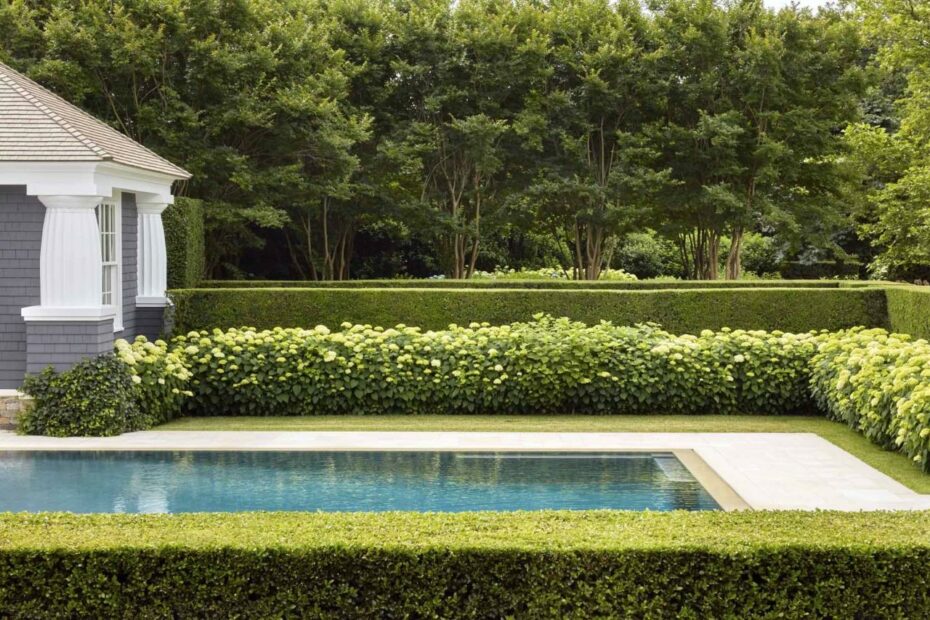Found 21 images related to small boxwood hedge ideas theme
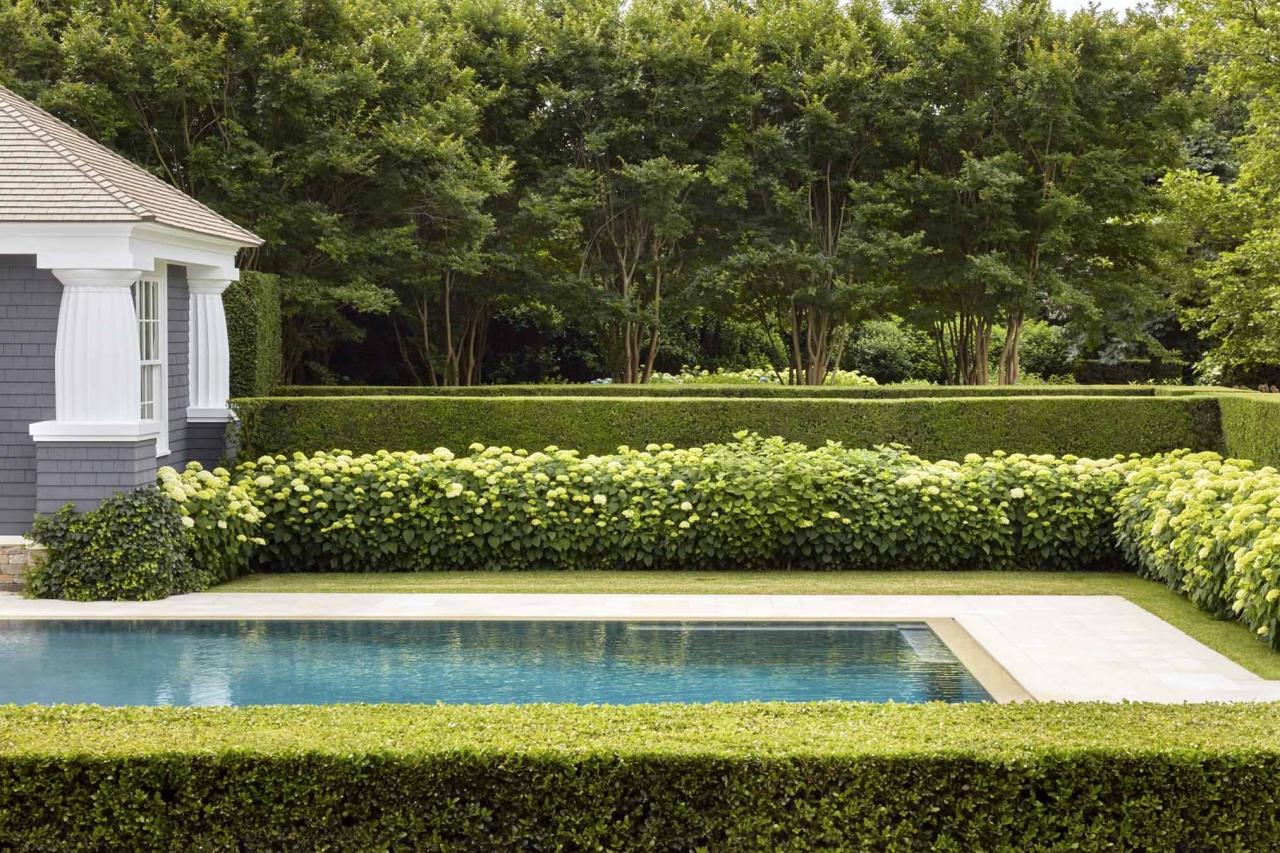
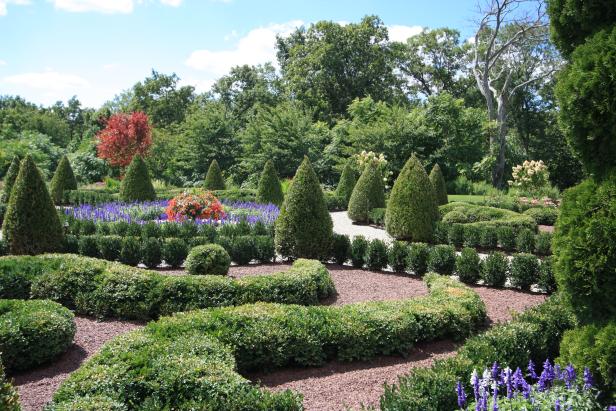
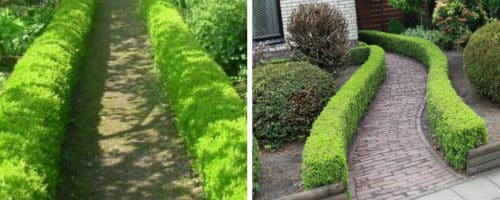
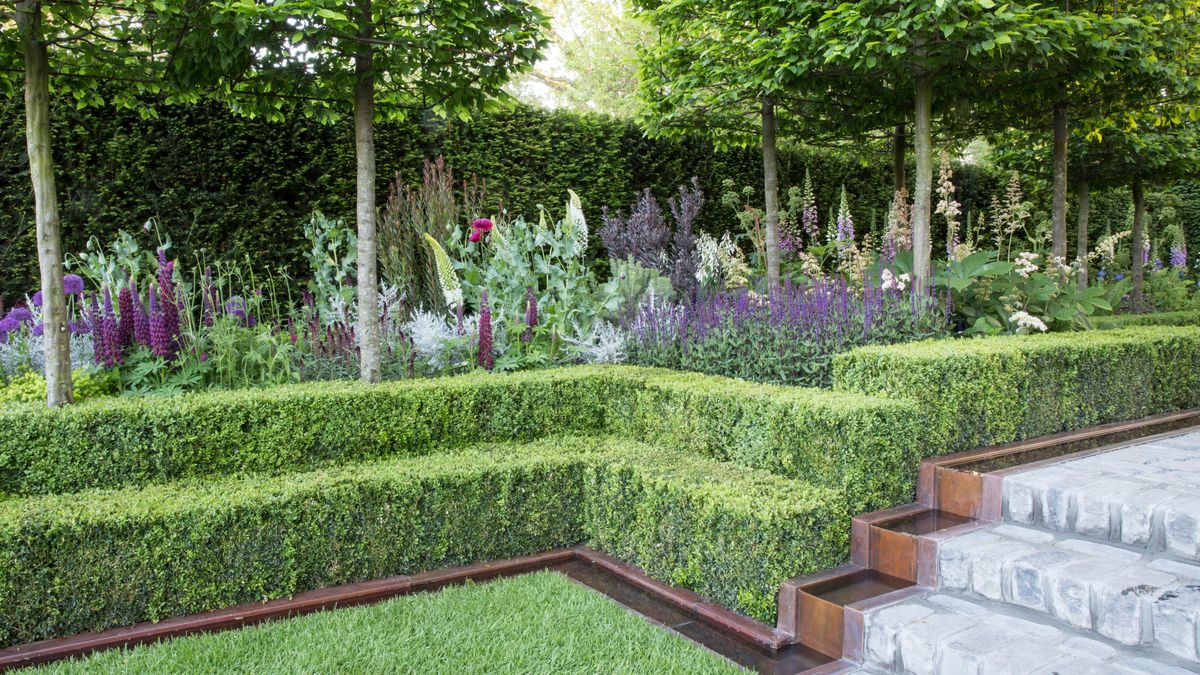
:strip_icc()/row-boxwood-bushes-ea73609e-5d631b28e3a94c24beecd4664415861a.jpg)
:max_bytes(150000):strip_icc()/fyladyhyd-585db62be6154f758d35cf223334edd1.jpg)
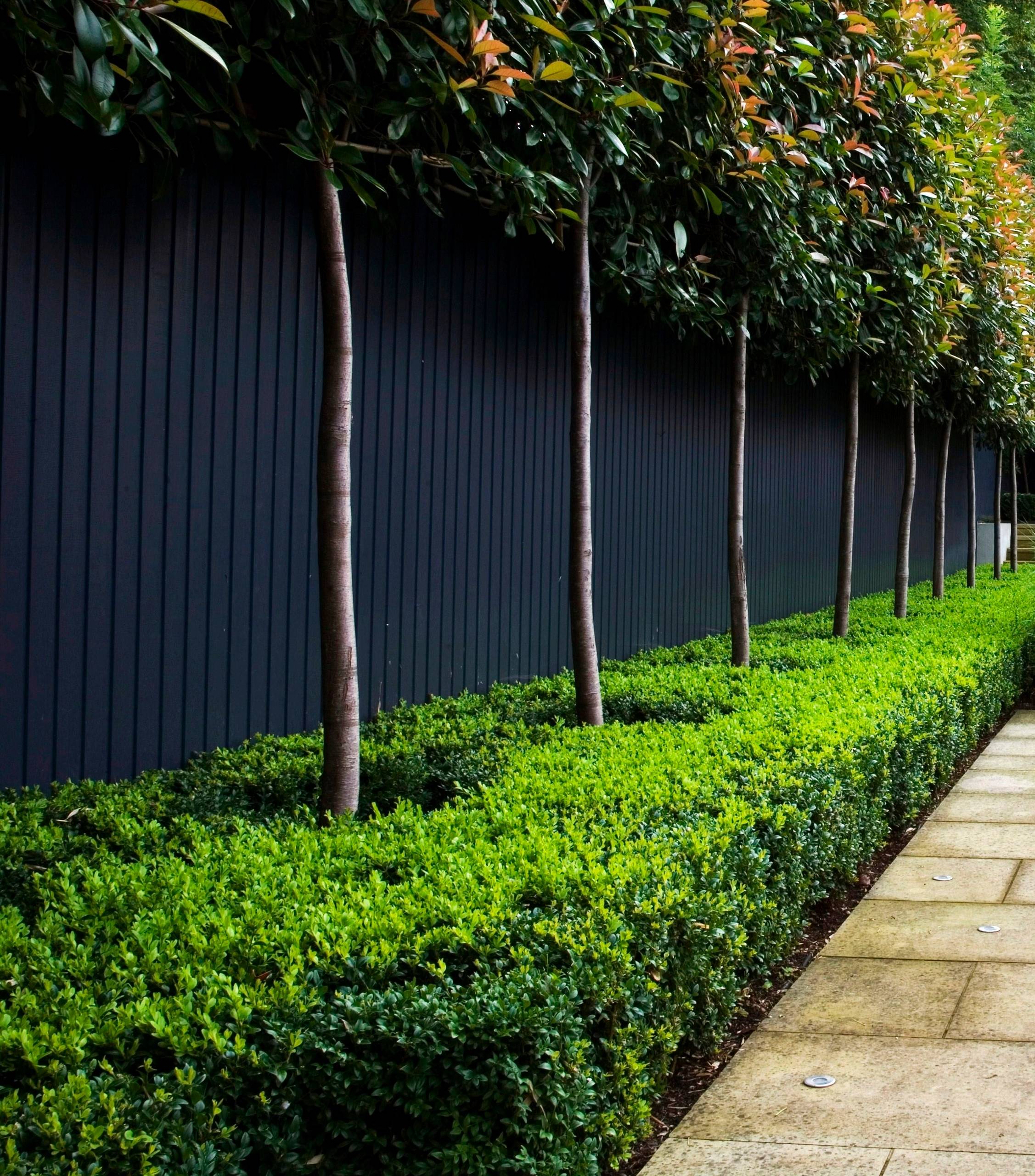
:max_bytes(150000):strip_icc()/2153501_pryse_127w-1e8d83108c374226b323418c1487f26c.jpg)
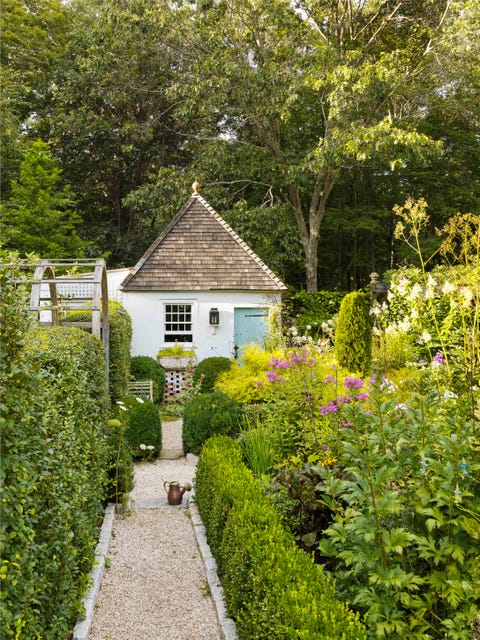
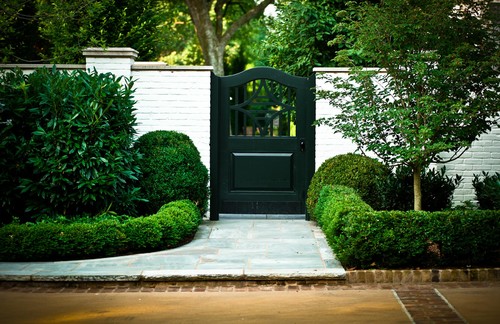

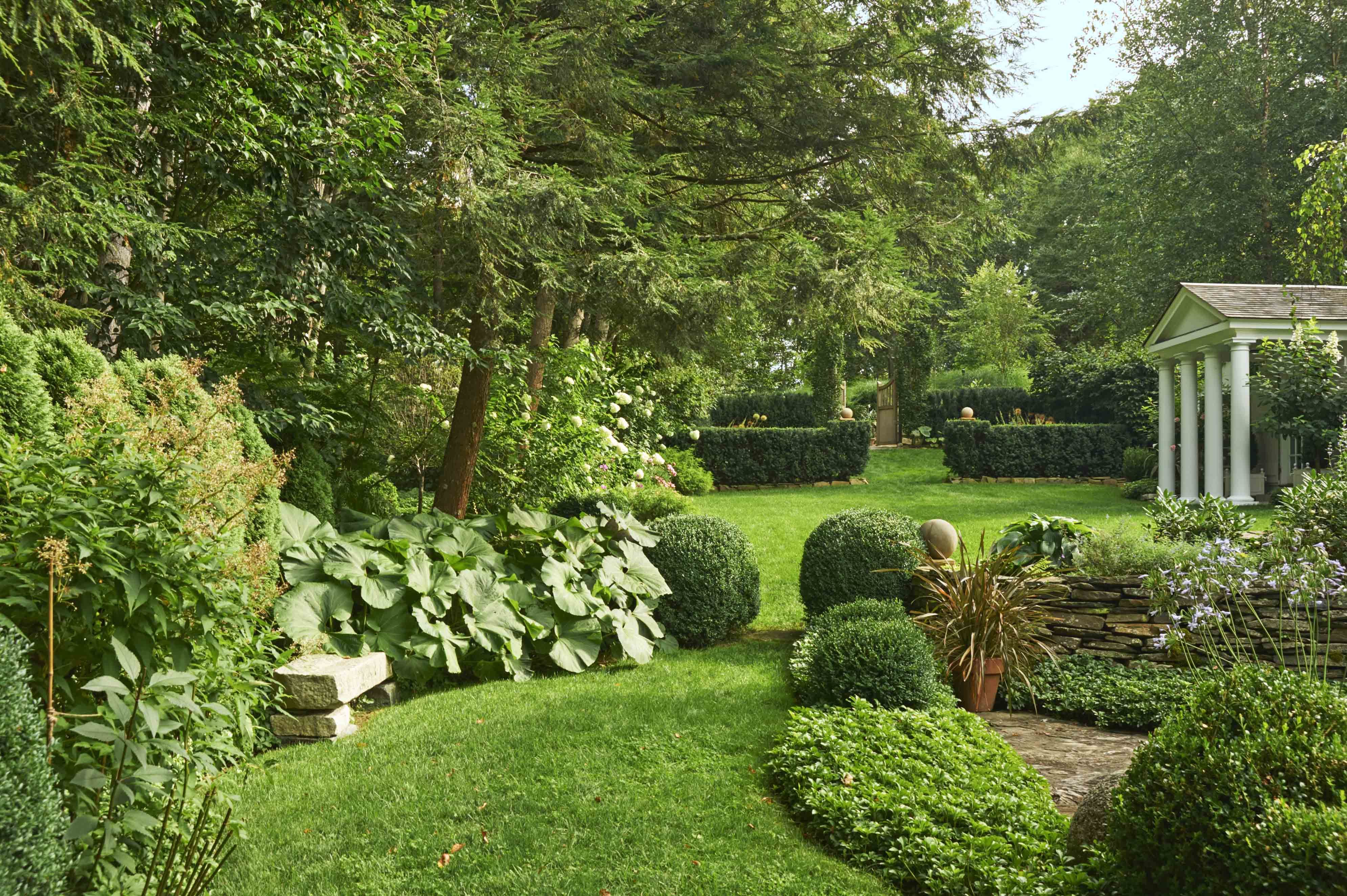

:max_bytes(150000):strip_icc()/boxwoods-sheared-into-balls-big-5b8afa9646e0fb0025933f6e.jpg)
:max_bytes(150000):strip_icc()/0ed97fba3dc13baa3440_5309-a47d83ce74ab42dcaa858dcbed8a9430.jpg)
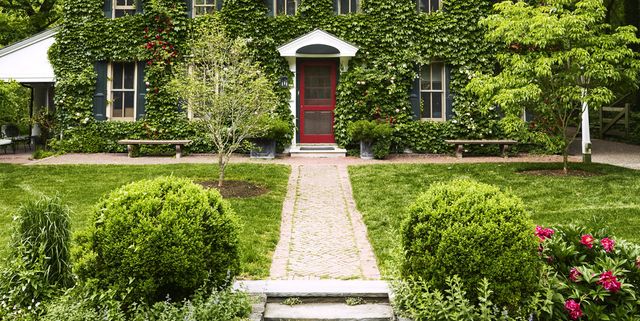



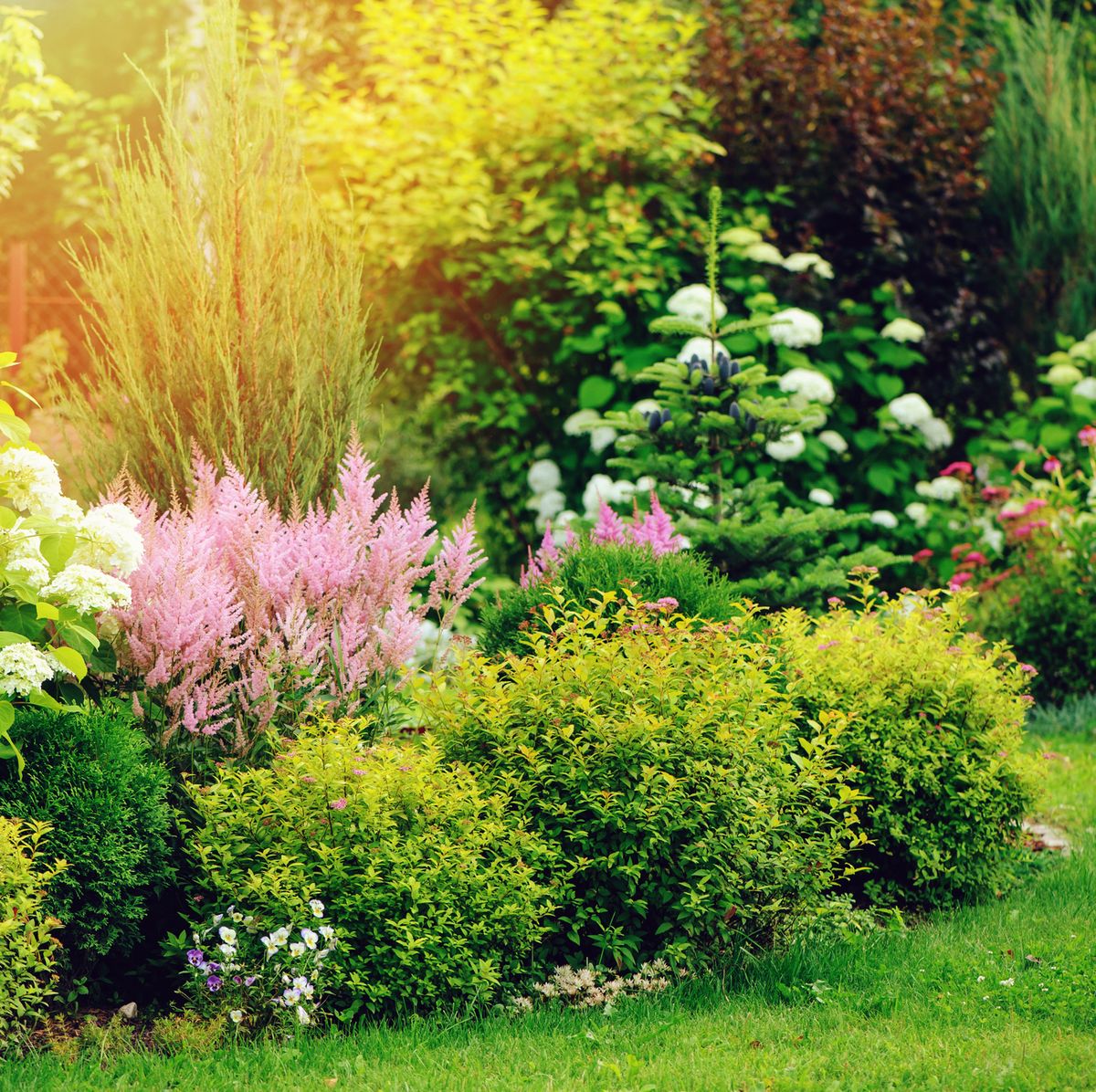


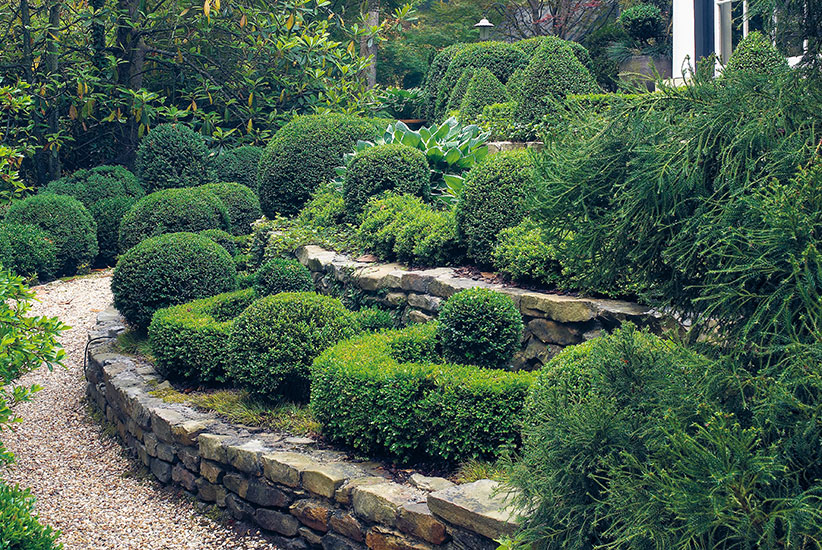

small boxwood hedge ideas
Types of Boxwood for Hedges
Boxwoods are versatile and capable of growing in a wide range of conditions. However, not all boxwood varieties are suitable for hedge planting, especially small boxwood hedge projects. Some of the most popular boxwood varieties for hedges include:
1. American boxwood: This is one of the most common varieties of boxwood in North America, thanks to its ability to endure full sun exposure and extreme temperatures. This shrub grows to be 10-15 feet tall.
2. English boxwood: English boxwood is a slow-growing variety that is native to western Europe. It is an excellent choice for shaping into topiary figures or low hedges, typically reaching 3–4 feet tall.
3. Japanese boxwood: This boxwood is known for its fast-growing nature and its ability to withstand heavy pruning. Compared to English boxwood, it grows taller and can reach up to six feet tall.
4. Dwarf boxwoods: These boxwoods are an excellent option for small spaces. With their slow growth rate, dwarf boxwoods can be maintained as a low hedge or border. Most dwarf boxwoods don’t grow more than 3 feet tall.
Popular Boxwood Varieties for Hedges
Among the most popular boxwood varieties for hedges are the English boxwood, Japanese boxwood, and American boxwood. These boxwood varieties all have narrow upright growth patterns and are the perfect fit for creating a classic, formal look in garden design projects. Also, they have small, dark green leaves that will retain their color throughout the year.
Dwarf vs. Regular Boxwoods for Hedges
Another critical consideration when choosing boxwood varieties for hedges is the kind of size that you prefer. You may prefer regular-sized boxwoods for large garden beds or yards, while dwarf boxwoods are a popular choice for small boxwood hedge ideas. Indeed, their shorter stature, combined with their compact nature and slower growth rates, make them perfect for low borders and creating designs.”
Benefits and Drawbacks of Different Boxwood Types for Hedges
When considering which boxwood variety to choose for your hedge project, it’s necessary to evaluate the benefits and drawbacks carefully. Each type of boxwood features unique growth patterns, and the appearance of their foliage tends to vary as well. For instance, Japanese boxwoods are known for their distinctive round leaves that stand out in a landscape. English boxwoods, on the other hand, feature small, oval, dark evergreen leaves coveted for their formal look and feel. The American boxwood boasts oblong leaves and is much larger than dwarf boxwoods. Hence, you should always take note of the desired aesthetic from your project when choosing which boxwood variety to use.
Design Ideas for Small Boxwood Hedges
Whether you’re planting a traditional garden or a modern one, small boxwood hedges can add an elegant look. These hedges are suitable for enclosing formal gardens, an entryway, or a patio surrounded by a mix of flowers and ornamental plants. There are several ways to use small boxwood hedges in garden design. For small gardens, the ideal idea is to use dwarf boxwoods. Here are some ideas to help create a stunning space:
Shapes and Styles of Small Boxwood Hedges
Small boxwood hedges come in different shapes and styles. You could plant low boxwood hedges, which only grows to be a few feet tall, or parterre-style formal hedges with tightly clipped foliage. Moreover, you could use topiary boxwood hedges to create dramatic entranceways, knot gardens, or accent points in container gardens.
Using Small Boxwood Hedges in Landscaping
Adding small boxwood hedges to a garden landscape is a stunning idea. You could plant dwarf boxwoods alongside a garden path or plant them in rows perpendicular to one another to create garden rooms.
Creative Ways to Incorporate Small Boxwood Hedges into Outdoor Spaces
Small boxwood hedges can go beyond traditional garden borders. You could plant dwarf boxwoods in containers and topiary forms. Alternatively, you could use small hedges to create a minimalist garden on a rooftop terrace or balcony.
Techniques for Maintaining Small Boxwood Hedges
There are several techniques to maintain small boxwood hedges successfully:
Watering and Fertilizing Small Boxwood Hedges
Adequate watering and fertilizing is necessary to maintain the health of small boxwood hedges. Supply your boxwood with enough water for the first year after planting. After that period, your boxwoods will need watering only in drought conditions. Use fertilizer at least twice a year to maintain robust boxwood health.
Trimming and Shaping Small Boxwood Hedges
Pruning and shaping boxwoods is a significant part of maintaining their appearance. You should trim your boxwood at least once a year to prevent them from becoming too unkempt. Moreover, to maintain the desired shape, you should also prune the boxwoods back annually using a sharp blade.
Preventing Pests and Diseases in Small Boxwood Hedges
To prevent pests and diseases in your small boxwood hedges, ensure they receive enough air circulation and sunlight, and avoid over-watering the plants. Use insecticidal soap to combat mites, aphids, and scale insects that infect boxwoods. Moreover, always monitor your small boxwood hedges for signs of disease or pests. Early detection of such issues is critical to their survival.
FAQs
1. How tall do dwarf boxwoods grow?
Dwarf boxwoods typically grow to be between 1-3 feet.
2. Are dwarf boxwoods available for sale?
Yes, dwarf boxwoods are available for sale in many nurseries and garden centers.
3. Does Home Depot sell dwarf English boxwood?
Yes, Home Depot sells dwarf English boxwood plants.
4. How far apart should I plant my dwarf English boxwood plants?
Plant your dwarf English boxwood plants between 18 to 24 inches apart to allow adequate room for growth.
5. Does the green Velvet boxwood grow well as a small hedge?
Yes, the green velvet boxwood makes an excellent small hedge, and it is often used as such in landscape design projects.
In Conclusion
Small boxwood hedges, especially dwarf boxwoods, offer plenty of possibilities for landscape design. With different shapes and styles, they could be well-suited to almost every outdoor space. Moreover, they are low maintenance and long-lasting, making them a popular choice among gardeners. Finally, with proper care and maintenance, your small boxwood hedge project could add structure and style to your garden for years to come.
Keywords searched by users: small boxwood hedge ideas dwarf boxwoods, dwarf boxwoods for sale, dwarf english boxwood home depot, dwarf english boxwood, dwarf english boxwood spacing, dwarf japanese boxwood, dwarf boxwood bonsai, green velvet boxwood
Tag: Top 58 – small boxwood hedge ideas
Boxwood hedge design ideas and pruning tips!
See more here: khoaluantotnghiep.net
Article link: small boxwood hedge ideas.
Learn more about the topic small boxwood hedge ideas.
- Choosing Boxwood Shrubs | Buying & Care Guide for … – The Tree Center
- Buxus microphylla (Littleleaf Box, Littleleaf Boxwood)
- Can I Cut My Boxwood Shrubs Back 2 or 3 Feet Without Killing Them?
- Dwarf English Boxwood – Monrovia
- Dwarf Boxwood Hedge – Photos & Ideas | Houzz
- 21 Boxwood Landscaping Ideas 2021 – Veranda
- 20 Boxwood Landscaping Ideas (shrubs and trees) – FreshPatio
- 20 Ideas for Fabulous Boxwood Designs – HGTV
- 20 Boxwood Companion Plants And Landscaping Ideas
- Landscaping with boxwood: 10 ways to include this …
- 14 Boxwood Landscaping Ideas – Bustling Nest
Categories: khoaluantotnghiep.net/wikiimg
